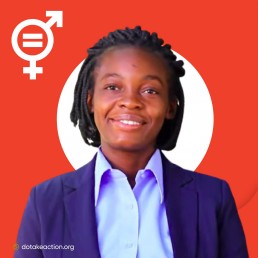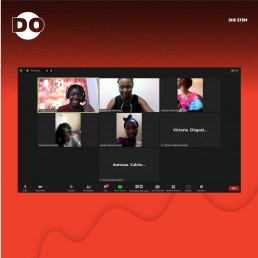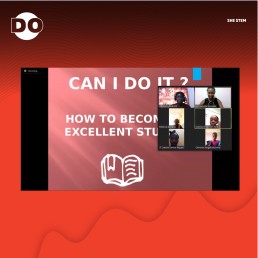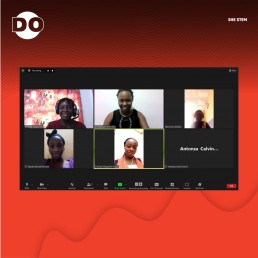THE NEED
Remember those days in secondary school when science was synonymous with boys. If you entered a science class, you’d be greeted by a sea of boys with just a handful of girls in attendance. Those few girls were considered to be geniuses.
Well, things have not changed much.
Of course, there are more girls in science classes now, but the number of girls studying STEM courses and pursuing STEM careers is still very low. According to the OECD, women make up only 19 per cent of entrants into these programs at the postsecondary level.
Probably, this is because STEM careers are still perceived as masculine, and teachers and parents still undervalue girls’ arithmetic ability beginning in preschool. As a result, fewer women study and work in STEM areas, which only encourages the rigid, exclusionary, male-dominated systems that are neither supportive of nor appealing to women. This also leaves girls interested in STEM courses and careers with fewer role models in their intended disciplines to look up to.
Giving women equal opportunity to pursue — and succeed in — STEM careers helps close the gender wage gap, improve women’s economic security, assure a diverse and competent STEM workforce, and avoid biases in these disciplines and the products and services they generate.
Ifeoma Veronica Nwabufo, a Grassroot Development Champion (GDC), saw this gap and decided to contribute her quota in closing it. Ifeoma is a graduate of Mathematics from Kaduna State University, Kaduna. She is currently undergoing a Master’s degree program in Data Science at the African Institute for Mathematical Sciences, Senegal. Skilled at Data Visualisation, Data Analysis, Data Science, Machine Learning, Deep Learning, the Anambra-born social agent would love to see more women in STEM, especially the tech space.
To this end, she organized the She STEM project with DO-Take Action Team to sensitize young girls that STEM careers are not for boys alone. She launched the Gender Equality And Women’s Empowerment/Women & Girls in STEM program, which conveys a STEM career’s lucrative prospects and fulfilling career prospects. Most importantly, she encourages more young girls to pursue a career in STEM.
The project was hosted virtually on Zoom. The details entailed the following;
- A presentation on She STEM: meaning of She STEM, statistics of people in STEM-related fields, careers in STEM
- Interactive session with participants on their preferred career choices in technology and computer programming
- A talk on how to be an excellent student
- Interactive Q/A session where participants asked questions and were given informed answers
- A session of Mathematics quiz
In the course of the project, a minimum of 6 participants were sensitized about the lucrative prospects and fulfilling career prospects of a STEM career. 90% of participants scored above average on the Girls in STEM test and now know how to become a part of and expand the Women in STEM’s contributions to national and continental developments across the globe. The participants pledged to advocate for female participation in STEM careers within their community and commit to pursuing a career in STEM.
Ifeoma wants to see more women in STEM careers, especially in the tech space, and she took action. What action are you taking to challenge the status quo in your community?
If you enjoyed the story and would like to read more stories like this, sign up for our monthly newsletter to get notified of new stories.
Also, do well to follow our social media handles for more engaging and entertaining content on issues that affect YOU.








